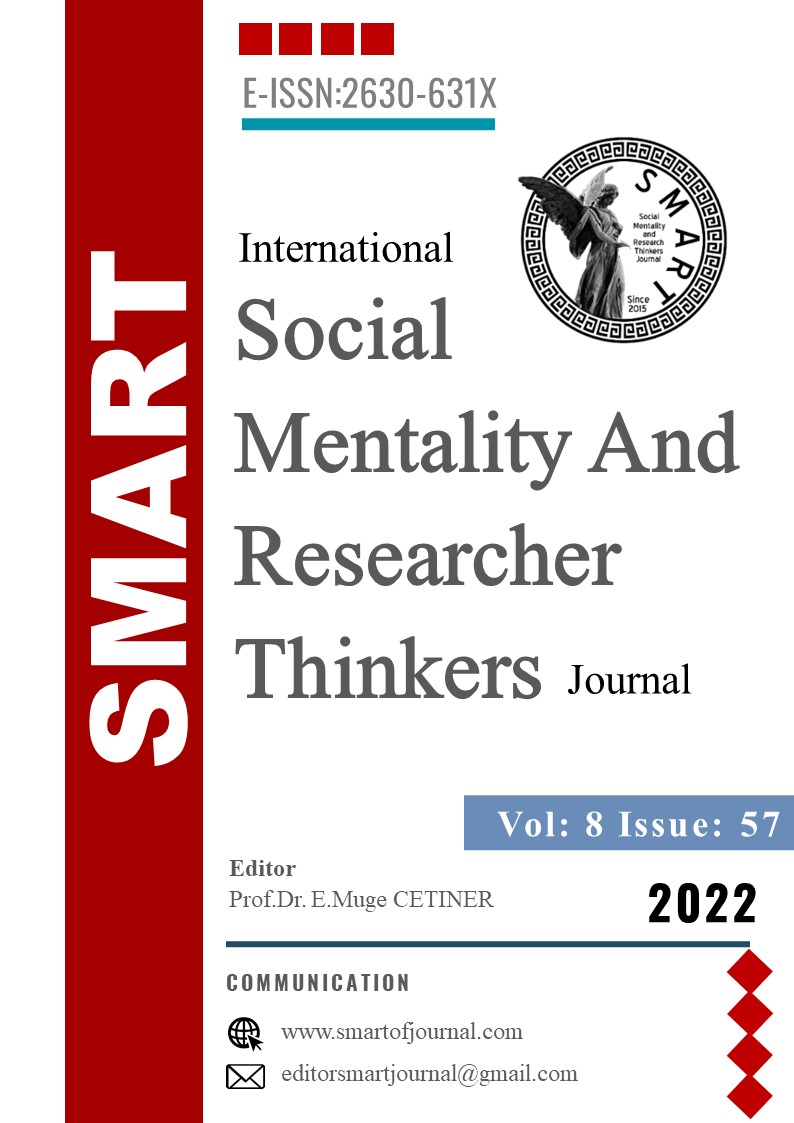Author :
Abstract
Keywords
Abstract
Purpose: The overall objective of the research was to evaluate the farmers' participation through documentation of project development and implementation procedure of Lipe Khola Baseri Irrigation Sub Project, Okhaldhunga District, Nepal. The study focuses on project management methodology and farmers' participation.
Design/Methodology/Approach: To meet the above objectives primary and secondary data were collected. Household survey, key informants interviews, and focused group discussion were carried out to collect the primary data in the study and secondary data were collected through project-related documents, reports, websites, publications, and journal articles. Both quantitative and qualitative approaches were applied for the research work.
Findings/Result: The project management methodology of the Lipe Khola Baseri Irrigation Project had followed Community Managed Irrigated Agricultural Sector Project's (CMIASP) project management methodology. The project was need-based. Proper farmer participation was ensured in each procedure of the project management. Farmers had strongly participated in the formation of the Water User Association (WUA), detail survey, construction, and monitoring work. The implementation procedure involved WUA in the construction, monitoring, and supervision of the irrigation system. The project had gone through a time overrun. Quality construction was ensured during the construction of the project.
Originality/Value: This study helps policymakers and local level government to assure construction with compliance of standards. It makes it easier for policymakers to incorporate the development needs without compromising quality through regulatory provision.
Paper Type: Archival Research
Keywords
- [ 1] Mishra, A. K., & Aithal P. S., (2021). Foreign Aid Contribution for the Development of Nepal.
- [ 1] Mishra, A. K., & Aithal P. S., (2021). Foreign Aid Contribution for the Development of Nepal.International Journal of Management, Technology, and Social Sciences (IJMTS),6(1), 162-169. DOI: https://doi.org/10.5281/zenodo.4708643
- [2] Mishra, A. K., & Aithal, P. S., (2021). Foreign Aid Movements in Nepal. International Journal ofManagement, Technology, and Social Sciences (IJMTS), 6(1), 142-161. DOI:https://doi.org/10.5281/zenodo.4677825
- [3] Barai. V.K. 2014, Irrigation Development and Management from Gender Equity and Social InclusionPerspective: a reflection of LILI's approach. In (DOI) Department of Irrigation, Proceedings on Irrigation to all Cultivable Land: Challenges and Opportunities. May 23-24, 2014, Dhulikhel_ Kavre
- [4] NPC 2013. An approach paper to the thirteenth plan. (Publisher: Government of Nepal)
- [5] WECS. 2011. Water resource of Nepal in the context of climate change, Kathmandu, Nepal: Water and other Stakeholders in Irrigation Management in the 21' Century. Asian Productivity Organization.
- [6] Pradhan, P., 2000. Farmer Managed Irrigation System in Nepal at the crossroad
- [7] Dahal, Amrit Kumar., Mishra, A. K., & Aithal, P. S. (2022). Operation of Design Reviewin SmallIrrigation Projects in Dang Valley of Nepal. International Journal of Case Studies in Business, IT, and Education (IJCSBE), 6(1), 139-157. DOI:https://doi.org/10.5281/zenodo.6331334
- [8] Watt A., 2012, the project life cycle (phases), Project Management available at: open.bcccampus.ca
- [9] CMIASP-AF, 2014. Project Administration Manual (PAM). Kathmandu, Nepal: Community Managed Irrigation Agriculture Sector Project-Additional Financing (CMIASP-AF)
- [10] Byrnes. K., 1992. Water users association in World Bank assisted irrigation projects in Pakistan. pp. 31- 39. World Bank Technical paper 173. Washington, D.C.
- [11] Budathoki. C. 2014. Concept and approach of self-sustained water users association in the context ofparticipatory irrigation management in Nepal. In (DOI) Department of Irrigation. Proceedings on Irrigation to all Cultivable Land: Challenges and Opportunities. May 23-24. 2014, Dhulikhel, Kavre
- [12] Sutawan, N. 2015. The Need for Sustaining Farmer Managed Irrigation Systems. Trajectory of Farmer –Managed Irrigation Systems (p. 89-92). Kathmandu: Farmer Managed Irrigation Systems Promotion Trust.
- [13] Ostrom, E. 2000. "Collective Action and the Evolution of Social Norms." The Journal of Economic Perspectives 14 (3): 137-158.
- [14] Sharma, K.R, and Shukla, A. 1997. Participatory Irrigation Management in Nepal: A monograph on Evolution, Processes and Performance. Department of Irrigation (DOI)
- [15] Sharma, K.R et al., 2004. A Review of Assistance to Farmer Managed Irrigation Systems. IrrigationConditions, Vision and the Concept of Integrated Water Resource Management. Department of Irrigation (DOI)
- [16] ADB. 2012., Learning Lessons: Participatory Irrigation Management 2012. Asian Development Bank
